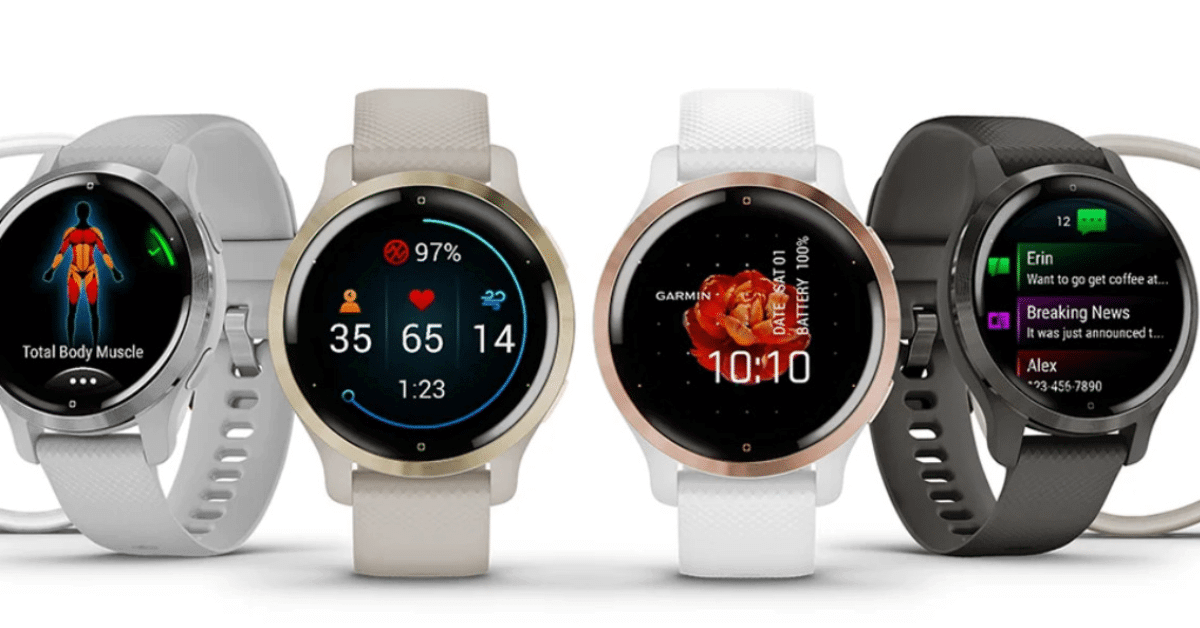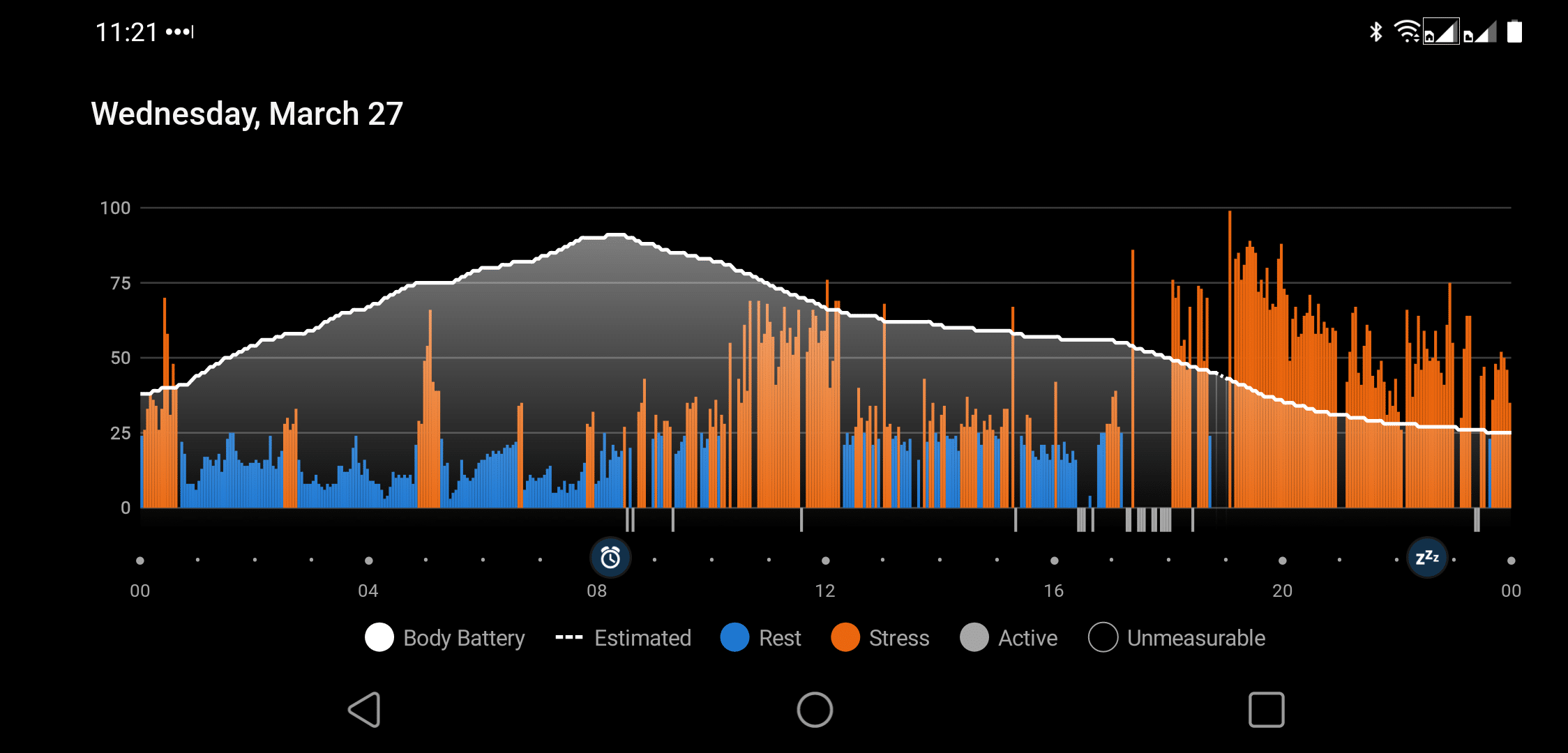In recent years, awareness and interest in personal health metrics have surged, spotlighting the crucial role of wearable technology in our lives. Garmin devices, renowned for their precision, offer insightful stress level monitoring, leveraging advanced technology to give users a deeper understanding of their physiological state.
How do Garmin devices monitor and calculate stress levels?
Garmin devices use heart-rate variability (HRV) data to monitor and calculate stress levels. This is achieved through specific sensors that measure the time variation between each heartbeat and algorithms that analyze these variations to quantify stress on a scale from 0 to 100.
Key Aspects of Garmin Stress Tracking
- Heart-Rate Variability (HRV): Core metric for stress analysis.
- Optical Heart Rate Sensors: Capture precise heartbeat intervals.
- Stress Score: Scales from 0 to 100 indicating stress levels.
- HRV Stress Test: A specialized test measuring HRV for stress score.
- Physiological Measurements: Includes HRV, heart rate, and more for holistic health insight.
- Algorithms: Sophisticated software analyzing data for accurate stress levels.
- Monitoring Over Time: Tracks stress to identify patterns and offer insights.
Disclosure: Some of the links in this article may be affiliate links, which can compensate me at no cost if you decide to purchase. This will help grow this site and help more people. Thank you for making a difference!
Understanding Heart-Rate Variability (HRV)
Heart-rate variability (HRV) isn’t just a fancy term scientists use to sound smart at parties. It’s a significant marker of your body’s stress levels and overall health. Think of it as the rhythm section of your body’s internal band. If the beat gets too unpredictable, it might be time to consider your stress levels.
Garmin devices tap into this by using HRV to give you a clearer picture of how stressed you might be without needing to send you a formal invitation to panic. Monitoring HRV involves looking at the time between each heartbeat, which should vary rather than be uniform.

This variation is influenced by your body’s autonomic nervous system. High stress? The variability often decreases. Chilling out? It increases. Through the lens of Garmin’s technology, this dance becomes a valuable insight into your current state of stress, quantifying it in a way that’s both useful and, let’s face it, a little bit futuristic.
Garmin’s Stress Level Feature
Now, Garmin’s stress level feature doesn’t just give you random numbers; it uses a scale of 0 to 100 to tell you exactly where you stand on the stress spectrum. Zero means you’re as cool as a cucumber; a hundred suggests you’re possibly reenacting a high-drama movie scene.
| Activity | Stress Level Range (0-100) | Impact on HRV |
|---|---|---|
| Sleeping | 0-20 | Increases HRV |
| Meditation | 10-30 | Increases HRV |
| Working | 40-60 | May decrease HRV |
| Physical Exercise | 30-50 | Varies, can increase HRV post-exercise |
| Experiencing High Stress | 70-100 | Decreases HRV |
This isn’t just a wild guess; it’s based on solid heart rate data and HRV analysis. It’s like Garmin is whispering in your ear, telling you it might be time to take a breather or even meditate. This feature is an excellent tool for visualizing your day in terms of stress and understanding how various activities—from a peaceful walk to a marathon meeting—impact your body.
By monitoring this, you can start to make informed decisions about managing your stress. Perhaps this will encourage you to slow down or remind you to celebrate the calm moments more.
The Impact of Sleep and Physical Activity
Sleep isn’t just the time you spend auditioning for a role in your dreams; it’s also when your body works on repairing itself and managing stress. Garmin devices consider sleep quality and duration critical factors in assessing stress levels.
It’s like having a personal well-being coach who works the night shift, ensuring you’re recharged and ready for the next day.

Physical activity, on the other hand, is like flipping the stress narrative. While it might seem counterintuitive that exerting energy can lower stress levels, Garmin’s data shows this to be true. Regular physical activity positively affects HRV long-term, improving your body’s response to stress.
Monitoring HRV Over Time
Tracking your HRV isn’t a one-and-done deal; it’s more of a marathon than a sprint. Over time, patterns emerge that can tell you much about your stress management, resilience, and overall health. Garmin devices specialize in this long game, offering insights that aren’t just snapshots but more like a documentary of your well-being journey over time.
With consistent monitoring, you see how your lifestyle, choices, and external factors weave together to affect your stress levels and health. It’s like putting together a puzzle where each piece is a day in your life, revealing a bigger picture that can sometimes surprise you.
Garmin’s Stress Calculation: Beyond Activity
Garmin knows that life isn’t just about being active; it’s also about the moments in between. That’s why their stress calculation doesn’t just focus on when you’re moving; it also values the quiet moments, the pauses, and positive events that can impact your stress levels.
It appreciates that sometimes, sitting down with a good book or spending time with loved ones can be just as crucial for your stress levels as your last sprint or yoga session.
By considering a wide range of factors, including physiological measurements from the HRV stress test to quiet moments of stillness, Garmin devices offer a holistic view of stress. This approach represents a leap toward understanding stress as a byproduct of physical activity and a nuanced, multifaceted experience.
Personal Thoughts
Through my battles with stress, I’ve always sought tangible ways to measure and manage its impact. Discovering how Garmin quantifies stress through heart-rate variability became a game-changer for me, providing an objective lens through which to view my stress levels.
This technology’s insight has complemented my analytical approach to stress management and offered a scientific foundation for the strategies I share. Integrating such tools with the practices I’ve found effective in my journey toward regaining peace is rewarding.
Frequently Asked Questions
What technology underpins Garmin’s stress measurement?
Garmin’s stress measurement is underpinned by heart-rate variability (HRV) technology. This involves analyzing the time intervals between heartbeats using specific sensors. Algorithms then process this HRV data to assess stress levels, leveraging physiological insights that correlate variations in heart rate to stress.
Which sensors in Garmin devices are crucial for stress tracking?
Optical heart rate sensors in Garmin devices play a crucial role in stress tracking. These sensors continuously monitor heartbeats to calculate the variability between them. This heart rate data, essential for HRV analysis, helps quantify stress levels effectively without needing external devices.
How does Garmin ensure accuracy in stress level monitoring?
Garmin ensures accuracy in stress level monitoring by combining advanced optical heart rate technology with sophisticated Firstbeat algorithms designed to interpret HRV data. Calibration against established medical equipment and continual software updates refine stress measurements’ precision, offering users reliable health insights.
Can Garmin devices identify stress caused by positive events?
Yes, Garmin devices can sometimes identify stress caused by positive events. This is because the technology does not distinguish between the source of stress but measures the physiological response, such as increased heart rate variability, which can occur during positive and negative stress experiences, highlighting the nuanced nature of stress tracking.




